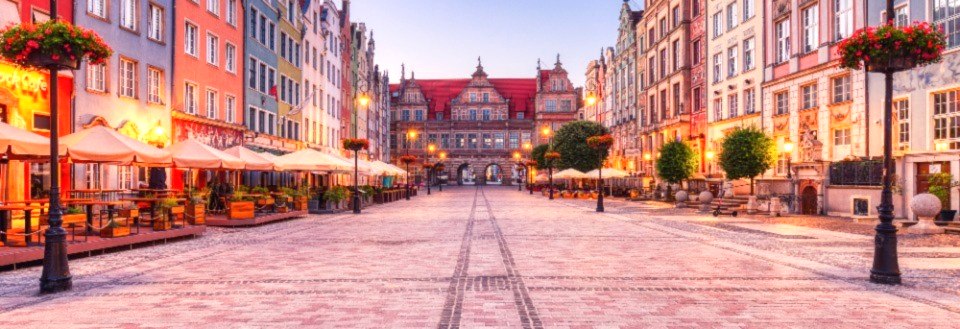Colombia is a utterly beautiful country with coastlines on both the Pacific Ocean and the Caribbean Sea. Both sides offer sparkling white sand beaches and a deep blue waters.�
Republica de Colombia
Santa Fe de Bogotá (6,004,782)
1,141,748 sq. km
Spanish
Roman catholic
40,214,723 (1997)
Republic
Western Colombia consists mainly of mountains. The Andes chain traverses South America and reaches Colombia where it divides into three chains of mountains. Between these mountain chains there are two immense valleys with one river each - they flow north into the Caribbean Sea. Beyond the Andes Colombia possesses the highest mountain chain in the world - right by the coast. East of the Andes some 50 per cent of the land is lowland or covered by rainforest and rivers. The north-eastern part of the country is covered with desert, whilst the coastline by the Pacific is almost completely covered with jungle.�
The most convenient time to visit is during the dry winter period. There are no problems in visiting Colombia during the more rainy summer, though. The country is close to the equator, and it is mostly hot.
Lonely Planet Colombia
South America on a Shoestring
Central & South America
Colombian Peso (peso) ($)
There are lots of net cafés in the big cities. Most libraries also offer net service.
To get help in Colombia, dial the following number:
Ambulance (227-6666)
At hotels and restaurants 10 per cent is often added to the bill. If not, a 10-15 per cent tip should be paid.�
At noon in England (summer time), it is 6am in Colombia.
At noon in England (winter time), it is 7am in Colombia.
The metric system is used in Colombia.
�
There are no rules on photographing, but because of the high rate of crime in the country, avoid carrying a camera.
Water used for brushing teeth, drinking, making ice cubes, or cleaning groceries has to be boiled before use.
The following source of electricity is used in Colombia:
110/120 volt AC, 60 Hz
There are no specific rules on behaviour, but because of the high crime rate, it is safer not to walk alone, especially at night.
Banks are open between 8am and 11.30am and between 2pm and 4pm (Monday to Thursday). Banks in Bogotá open one hour later and close one hour earlier without siesta. Shops are open between 9am and 12.30pm, and between 2.30pm and 7pm (Monday to Saturday).
Some shops are open a few hours on Sundays, and others are closed on Saturday afternoon. Offices are open between 8am and noon and between 2pm and 5.30/6pm (Monday to Friday).
The country is not famous for cuisine. The food is fairly good but not very varied. Dinner mostly consists of soup followed by a main course, which is often a chicken or a cow with potatoes or beans. One of the most exotic dishes served at most restaurants consists of roasted ants. Coffee is the preferred drink - different varieties are served everywhere. Apart from coffee Colombia has good and inexpensive beer, whilst the wine is hardly worth thinking about.�
The disabled are not well catered for. If you are disabled and want to travel in the country it is a good idea to contact all the places you plan to visit before going. �
New Year's Day, 1 January
Twelfth Night, 6 January
Labour Day, 1 May
Independence Day, 20 July
The Battle at Boyacà, 7 August
Conception Day, 8 December
Christmas Day, 25 December
Camping is not the most popular way to spend the night in Colombia, and there are only a few camping areas. On some islands off the coast you can find a few good sites.�
There are many hotels in Colombia, and the standard varies from five-star hotels to very cheap and small hotels. Many cheap hotels in Colombia are also the home of prostitutes. To avoid prostitutes, check out the hotel before ordering a room.
There is nothing called B&B's or guesthouses in Columbia, but most hospedajas (see hostels) in the country offer the same facilities.
There are many hostels in Colombia. They are known as hospedajas, which are places that rent out rooms at a reasonable price. Travellers should be aware that price and standard vary, and it is a good idea to check prices and facilities before renting a room.
The country has a well-developed network of domestic flights. Prices vary from company to company by up to 40 per cent on a ticket, so it is a good idea to check out different companies before ordering. For further information check out:
http://www.avianca.com
�
The network of buses is well-developed in Colombia. There are buses to almost all cities and towns. Long distance buses are usually good and comfortable, and there are no less than 42 companies to choose from.
�
There are plenty of taxis in the big cities. It is a good idea to insist that the taxi-meter is used, or to agree on a price before the journey begins. Sometimes it is possible to hire a taxi for a long ride at a reasonable price. The official taxis in Bogotá are yellow and green - and they are definitely the most expensive ones. It pays to travel by unofficial taxi.�
All the big car rental companies operate in Colombia. You need an international driver's licence to be permitted to rent a car.
Colombia appears on the list of dangerous destinations compiled by the British Foreign Office. For up-to-date information before going to Colombia make sure you check with current Foreign Office advice and guidelines.
�
